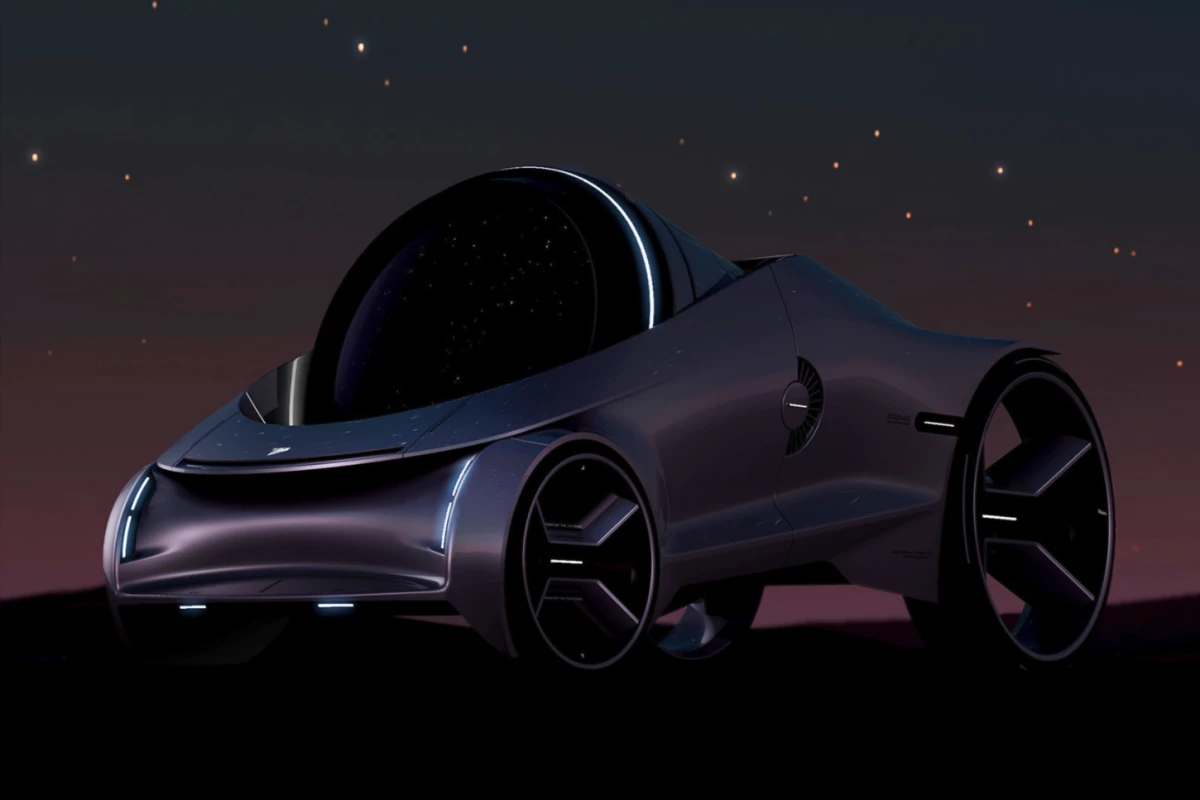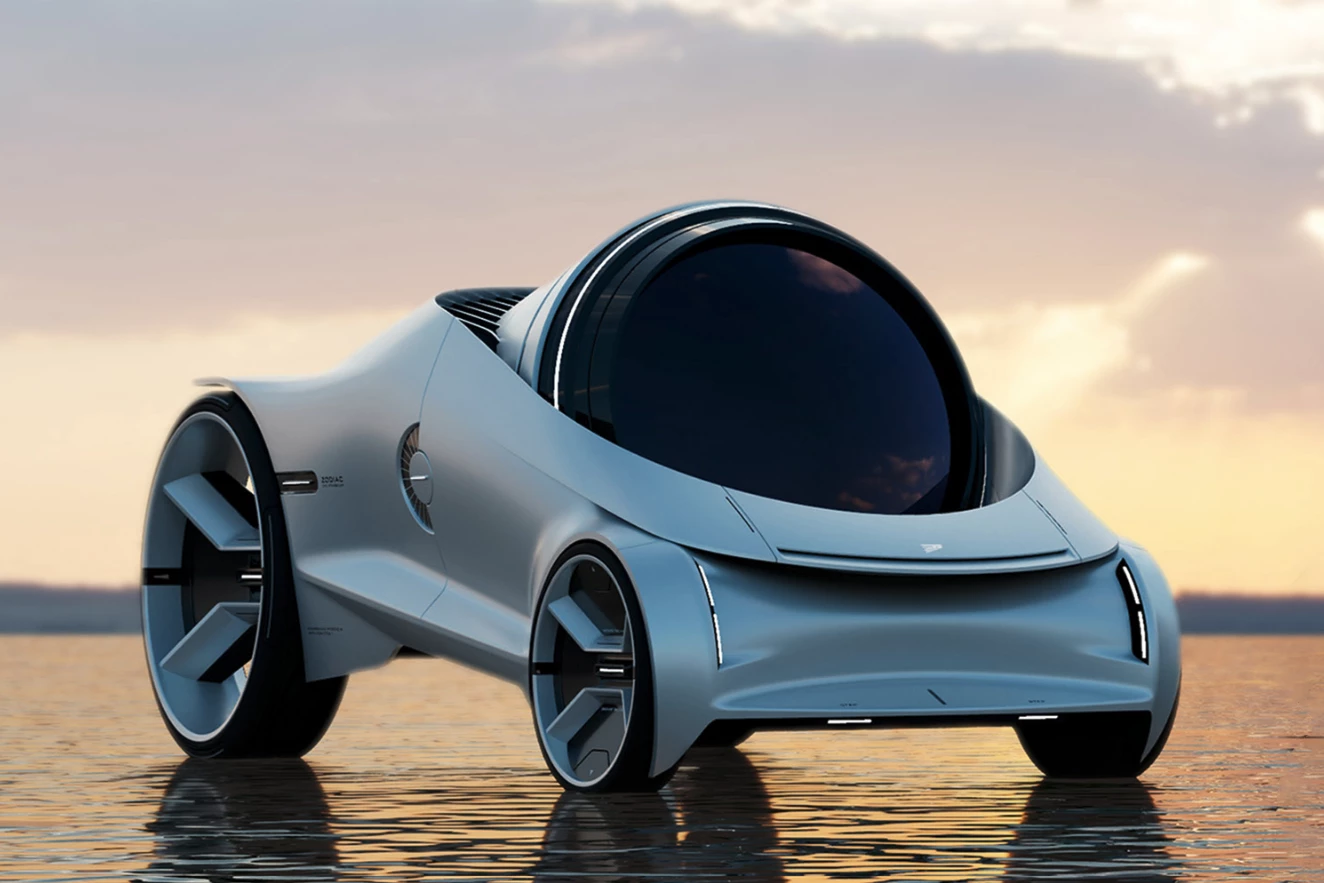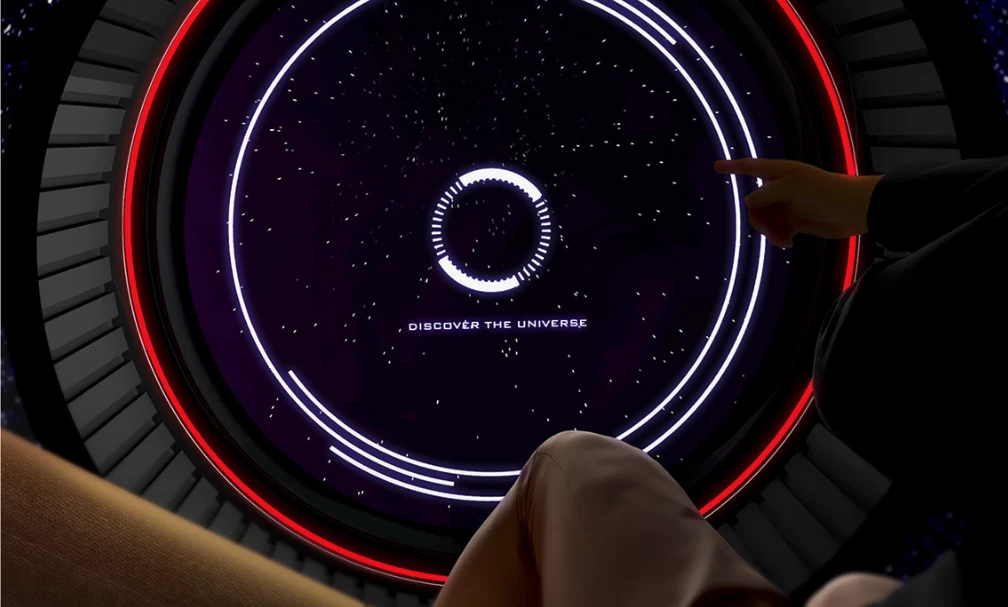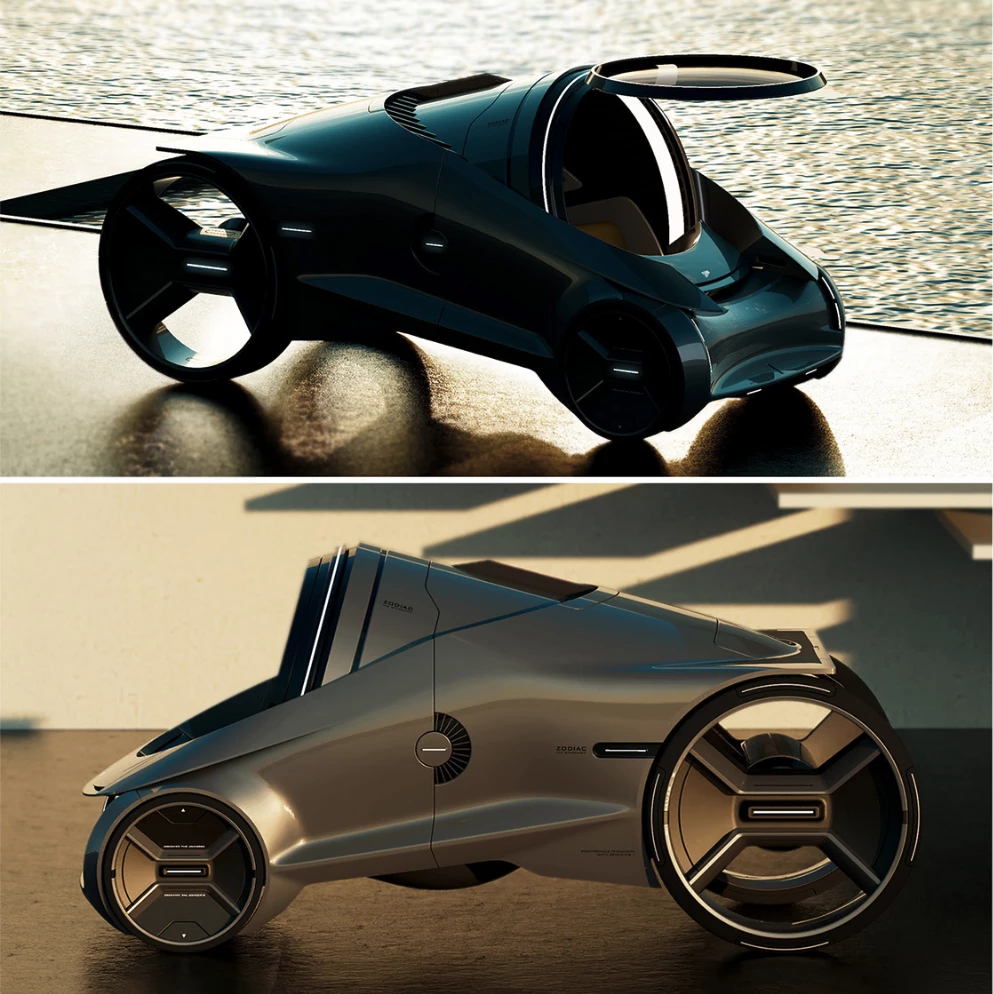Designer Hyunsik Moon has caught our eye with a very odd EV concept. The Zodiac Stargazer places up to two passengers in an astronomical telescope on wheels, which can rotate to face directly upward, giving you an extraordinary window to the universe.
This isn't a real vehicle, it's a design study, which Moon is using as his Semester 1 project for a Master of Arts in Transportation Design at Hochschule Pforzheim in Germany. Moon sees it as a way to democratize astronomy somewhat, a vehicle people could hire to take out into the silent desert at night and look up at the stars through a telescope far more powerful than anything you could carry in the trunk of a car.
You'd essentially flip up the lens cover to hop inside, climbing into the Stargazer's telescope barrel while it's horizontal and sitting at the back of the capsule. Presumably, this thing will drive itself autonomously to your viewing location of choice, preventing you from having to drive with the world's thickest glasses on. Presumably, it'll also drive very slowly, so you don't end up with bug splats on the lens. On arrival, the entire cabin will tilt backward until you're lying down looking up, and the telescope barrel will extend, allowing a "smart lens" to bring the night sky into focus.
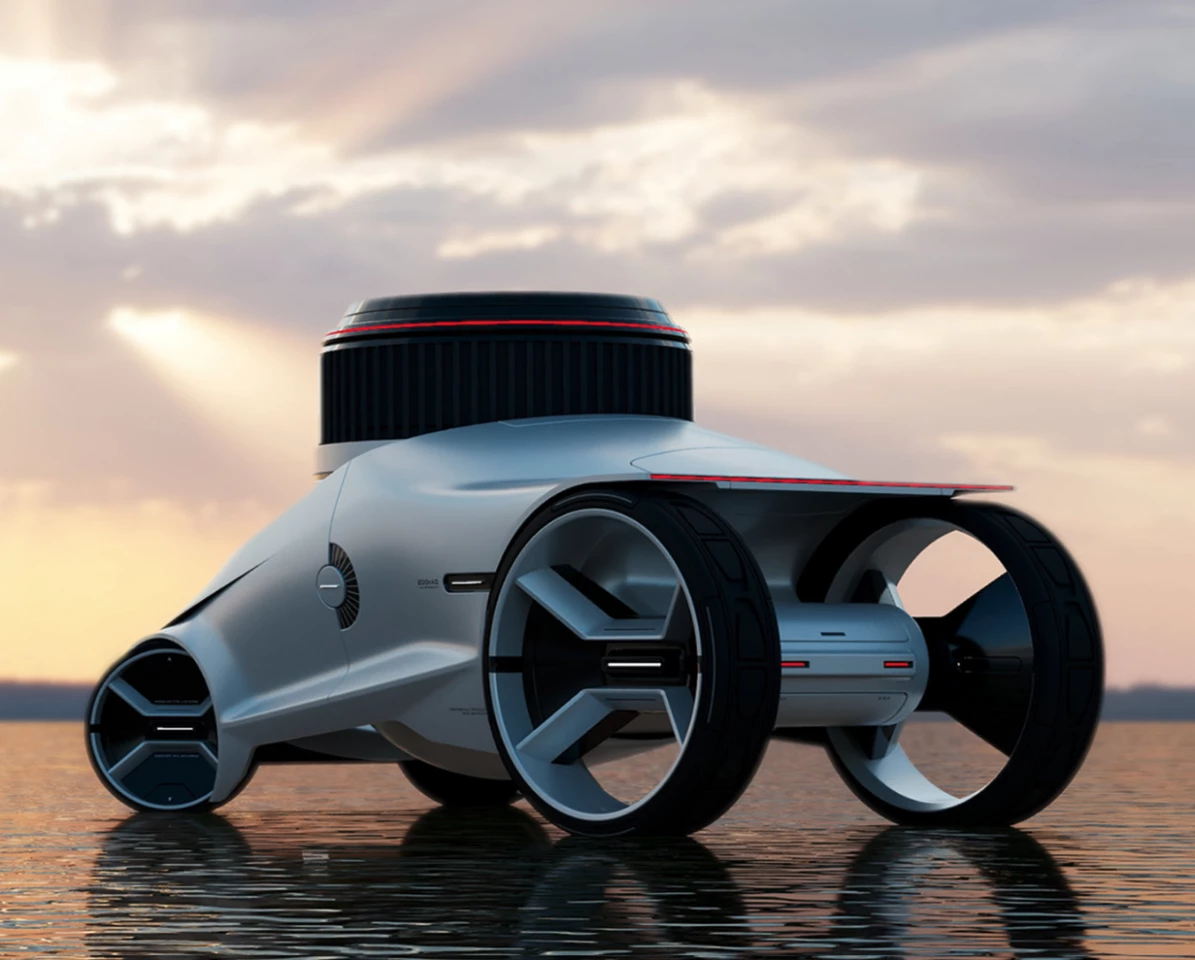
There are some issues here, of course; that lens would indeed have to be pretty smart. I'm not aware of many precision optics systems that people can tromp their muddy boots in and out of, or which have lens elements that can be flipped up and down on hinges without ruining the image. Likewise, telescopes generally require your eye to be very precisely placed for focal purposes, where this thing doesn't seem to mind.
You certainly wouldn't want to take one out during the day, hit the wrong button, point it at the sun and fry yourselves like ants under a magnifying glass. And any vehicle a couple can hire from a resort, which will take them out into the wilderness and place them in a horizontal position, under a powerful lens inside a very private-looking capsule ... Well, let's just say this could offer the most detailed biology lesson our interstellar neighbors might ever get.
But it's a lovely thought; as long as there have been people, we've been looking up at the stars, dreaming, wondering, trying to catch some glimpse of the scale and richness of the universe beyond our fragile blue marble. If the aptly-named Moon's vision ever comes true, you bet I'd take my girl out on a date in the Stargazer. If it's rockin', don't come knockin'.
Source: Hyunsik Moon/Behance
